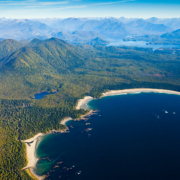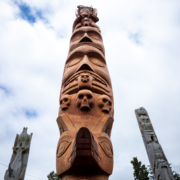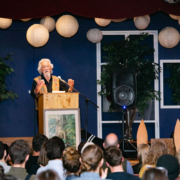Clayoquot – Biggest Old-Growth Protected Areas Victory in Decades
For Immediate Release
June 19, 2024
Biggest Old-Growth Protected Areas Victory in Years: Ahousaht and Tla-o-qui-aht First Nation and BC NDP Government Declare Protection of 76,000 hectares in Conservancies in Clayoquot Sound.
Conservationists are applauding the leadership of the Ahousaht, Tla-o-qui-aht First Nation and BC NDP government for yesterday declaring the protection of 76,000 hectares of land – an area about the size of Manning Provincial Park – in new conservancies in Clayoquot Sound near Tofino. Most of the lands committed for protection are comprised of some of the grandest and most intact coastal old-growth temperate rainforests on Earth, and the new protected areas will represent the largest old-growth forest protected areas victory in BC since the Great Bear Rainforest conservancies were announced in 2006. The historic milestone also includes major support from provincial, federal and conservation sources to facilitate sustainable economic development opportunities for the communities to facilitate their economic and social well-being.
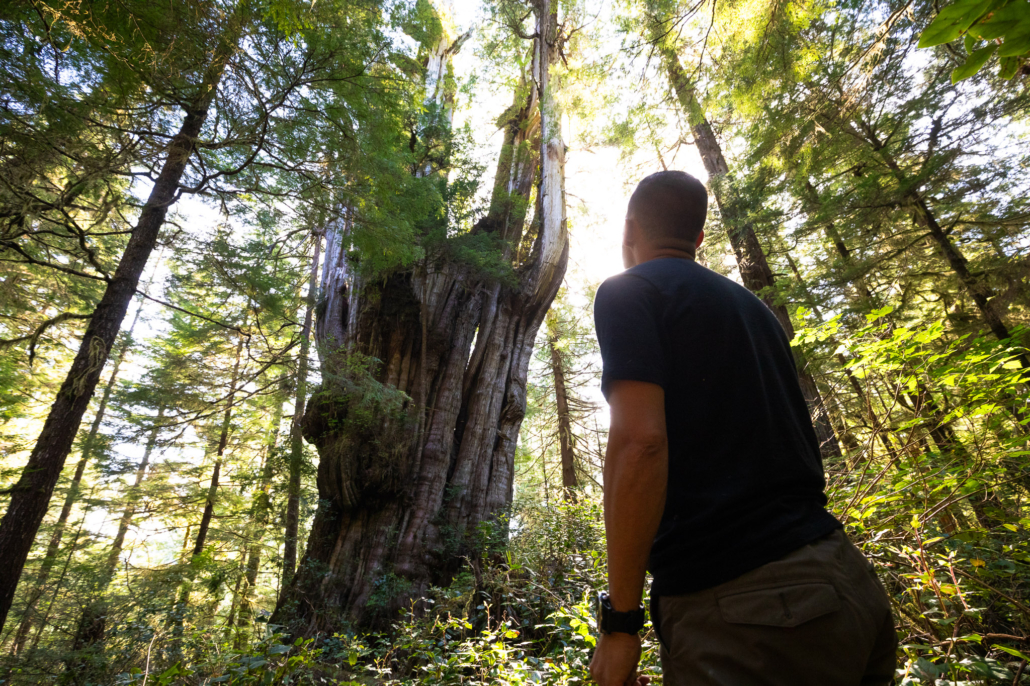
Ahousaht Hereditary Representative Tyson Atleo looks toward an ancient redcedar deemed the “most impressive tree in Canada” on Flores Island in Clayoquot Sound.
“This is truly a historic and great day – it warms my heart and makes me feel a deep contentment inside to see this vision finally come to fruition. This is a huge old-growth victory for the people and ecosystems in Clayoquot Sound, and for the people of BC and for the world. We greatly applaud the Ahousaht and Tla-o-qui-aht leadership for moving forward with their visions to protect the old-growth ecosystems in their territories, while working to build sustainable economies, and we give great thanks to the BC NDP government, the federal Liberal government and organizations like Nature United for supporting their initiatives. I expect the Clayoquot conservancies will further inspire many other communities across BC and Canada to undertake increased protection of the ecosystems in their territories to support their cultures and their people’s well-being, while working to build sustainable economies”, stated Ken Wu, Endangered Ecosystems Alliance executive director.
“I extend my deepest gratitude to the leadership and people of the Ahousaht and Tla-o-qui-aht First Nation for bringing their incredible conservation visions to life in Clayoquot Sound. The embattled coastal rainforests of Clayoquot are famed for having some of the most impressive old-growth forests and trees on the planet, and it fills me with the greatest joy to know that the majority are now finally safe. The BC NDP government and the federal Liberal government also deserve credit for supporting this amazing initiative and bringing significant conservation dollars to the table. As we face the global climate and biodiversity crisis, conservation victories like these, which protect some of the grandest ecosystems on Earth while supporting the creation of more sustainable, conservation-based economies for local Indigenous people, are an inspiring model for other communities who may still be considering alternative paths forward and help buoy the heart. Today is a fantastic day”, stated TJ Watt, Ancient Forest Alliance photographer and campaigner.
More work remains to be done regarding potential mines in the remaining unprotected portions of Clayoquot Sound, while funding is needed for the long-term management of the protected areas.
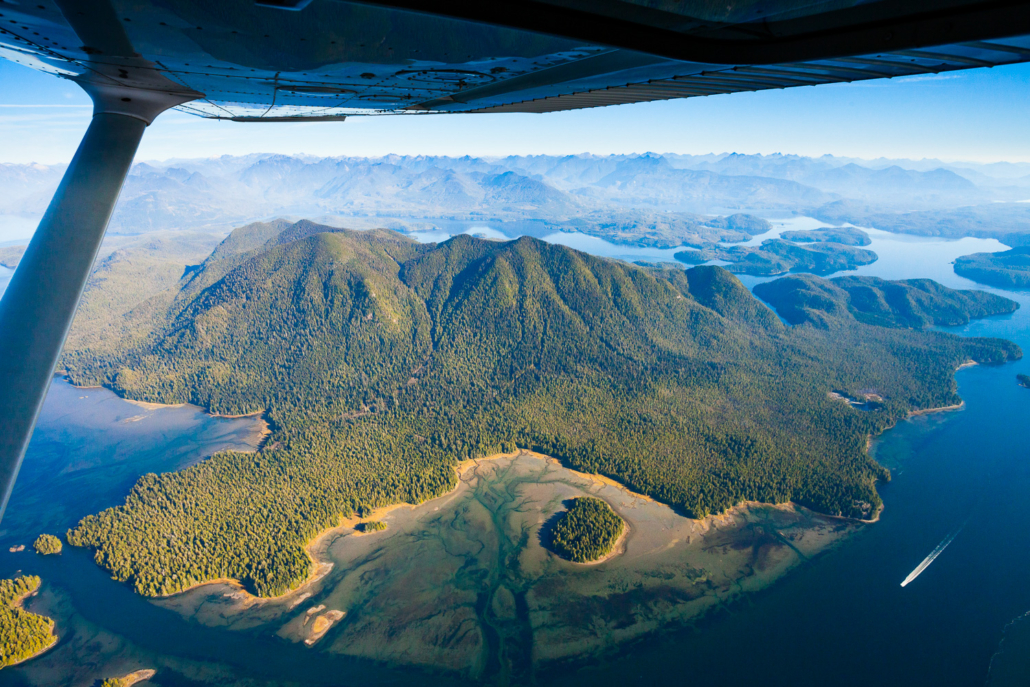
An aerial view over the ancient forests of Meares Island in Tla’o’qui’aht territory, the site of the first blockades against old-growth logging in 1984 in Clayoquot Sound.

